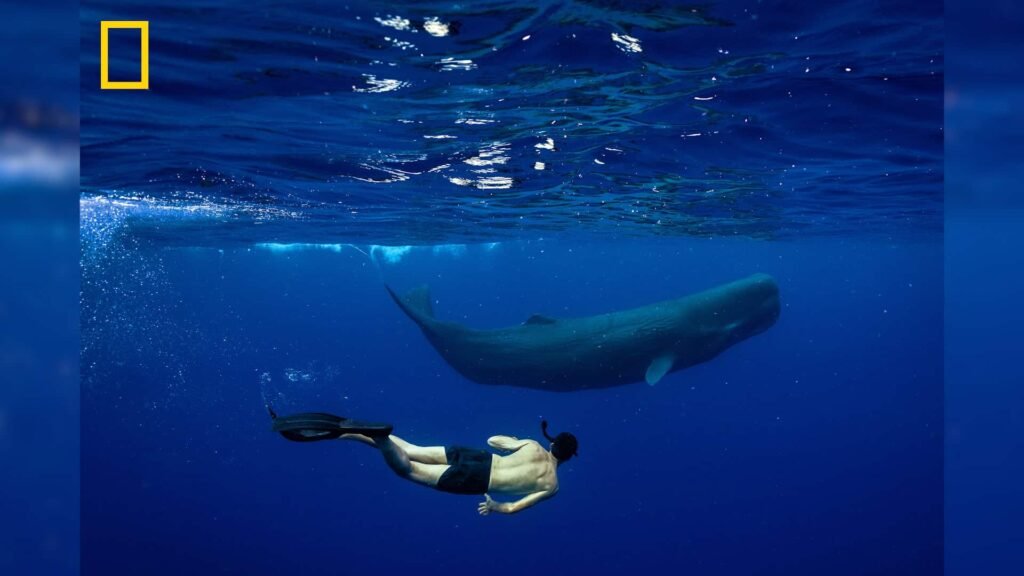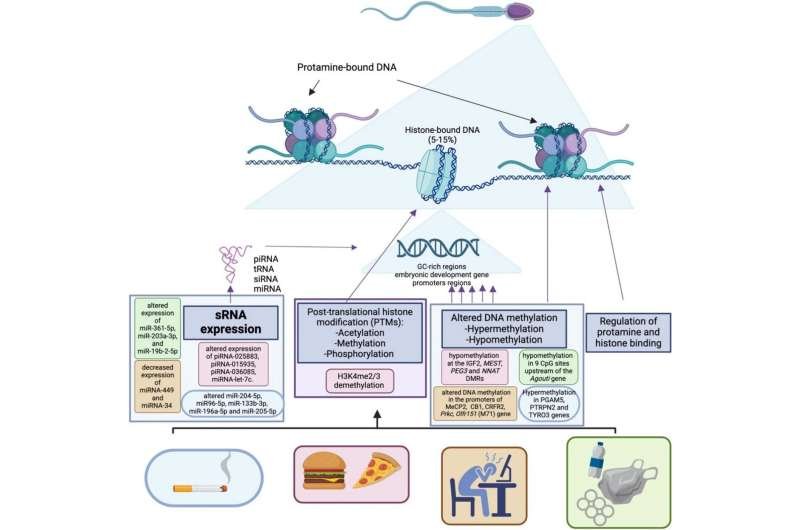According to a study, a healthy lifestyle could be key to living up to five years more even if one is genetically prone to early death risk. Turns out, following a healthy diet, working out regularly, getting enough sleep, and not smoking could help reduce early death risk by 62%.

The study, published in the BMJ Evidence-Based Medicine journal evaluated the extent to which lifestyle can influence genetics odds.
New Delhi: When it comes to living a long and disease-free life, genes seem to play an important role. While genes are often only associated with looks, and the state of skin and hair health, there is a lot more to genes than just this. And some health problems are genetic, from heart diseases to diabetes to PCOS and even cancer, genetic mutations are associated with many health complications. Obesity, too, can be genetic – but according to a study, there are some simple ways to outrun even this factor which can rarely be changed.
According to a study, a healthy lifestyle could be key to living up to five years more even if one is genetically prone to early death risk. Turns out, following a healthy diet, working out regularly, getting enough sleep, and not smoking could help reduce early death risk by 62%. This means that even people who are 20% likely to die sooner due to their DNA can reduce their chances. This is backed by researchers from Zhejiang University in China.
Researchers said that participants of the study following a balanced, healthy lifestyle can increase life expectancy by 5.22 years at the age of 40 years. For this, the optimal lifestyle combination is looking after the following factors:
- Healthy diet
- Not smoking
- Regular exercise
- Proper sleep schedule
The study, published in the BMJ Evidence-Based Medicine journal evaluated the extent to which lifestyle can influence genetics odds. For this, researchers evaluated 353,742 people from the UK biobank for 13 years on average. During this, 24,239 deaths occurred. Also, these people were divided into three groups to genetically determine lifespan categories – long, 20.1%, intermediate, 60.1% and short, 19.8%. These people were also split into three categories – favourable, 23.1%, intermediate, 55.6% and unfavourable, 21.3%.
Researchers then took polygenic risk scores to evaluate the variants to come to the results for longer or shorter life. Other scores took note of whether the participants exercised, smoked, or took alcohol and also their body shape, sleep pattern and diet. It was noted that people who were at a higher genetic risk of a shorter life had a 21% increased risk of dying early than those who were genetically at low risk irrespective of their lifestyle.
Follow us on social media








